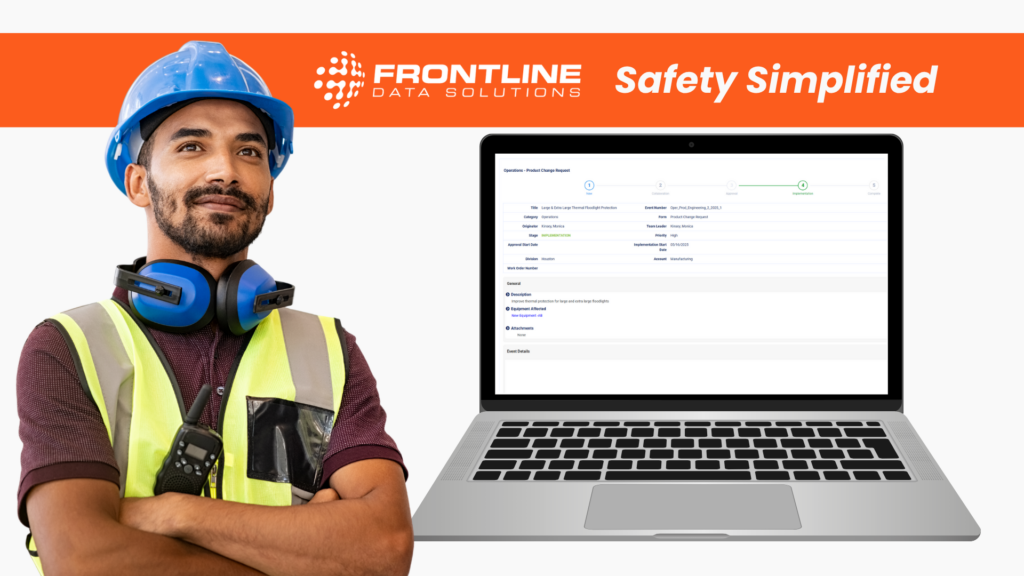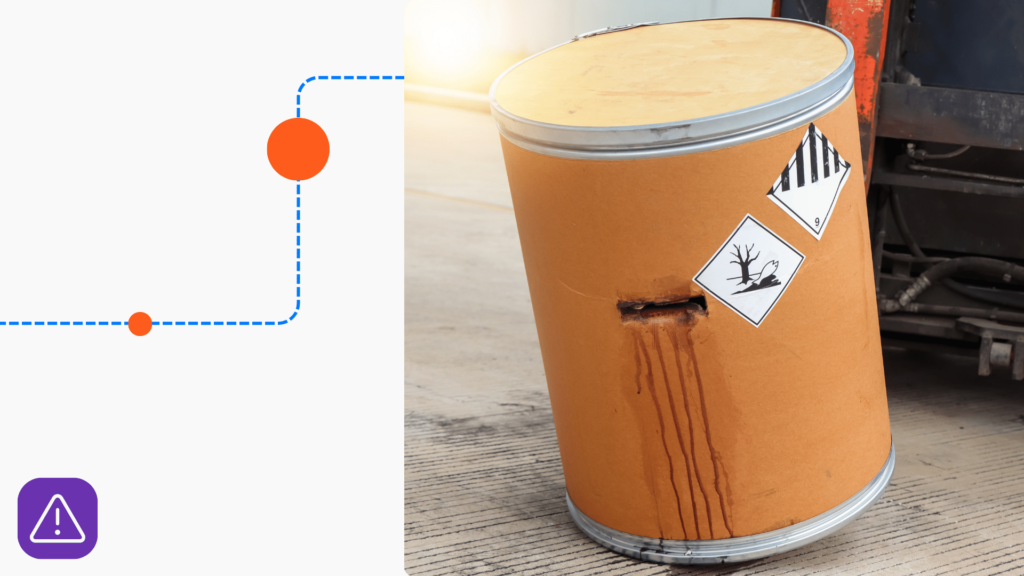Successful health and safety programs need consistent oversight and regular updates. And if you want to improve your performance, you have to reflect on where you’ve been in the past. Benchmark events like near misses, injuries, and more to make sure your approach is effective and long-lasting.
What is Benchmarking?
Benchmarking is the process of comparing a company’s performance against industry best practices. You can benchmark competitors in your industry or your own internal performance, depending on the metrics or goals you want to achieve.
Apply this process to benchmark events in different areas like process efficiency, revenue, quality control, regulatory compliance, and more for a wide variety of continuous improvement project ideas. Overall, the purpose of benchmarking is to find and make adjustments that will help you reach your goals. By adopting best practices and implementing new approaches, you can transform your operation and set a new standard of performance.
Benchmarking in Health and Safety
In health and safety, you can benchmark events like near misses and injuries to find opportunities for improvement. The best way I can describe benchmarking safety performance is that it’s a mash up of root cause analysis, gap analysis, and pattern analysis.
You’re essentially looking at:
- The root causes of good or poor safety performance
- The gaps in performance over time
- Patterns of behavior or circumstance that cause certain events
The goal of this process is to stay proactive in your safety approach, making sure to audit performance regularly and make quick adjustments to better protect workers. Through this process, you should be able to reduce the rate of safety incidents and operational failures.
Free Template!
Download this free gap analysis template to record where the gaps are in your current processes so you can adjust.
How to Benchmark Safety Events
In my opinion, the best way to benchmark EHS performance is to look at internal data. And that’s because the intricacies of safety don’t apply to companies, even within the same industry, evenly.
Take OSHA’s process safety management (PSM) regulation as an example. Only companies who use highly hazardous chemicals must maintain PSM compliance. So, even though chemical manufacturers might have similar processes, some may have additional regulatory requirements to meet. In general, there’s no step-by-step formula for benchmarking safety events, which can make it hard to get started.
But rather than focus on having a set process, I prefer to focus on gaining valuable insights from the benchmarking process. Here are the questions I like to answer when I’m trying to reduce incident rates or eliminate hazards that cause near misses:
- What are the best practices for reducing the likelihood of this safety event?
- What are the industry recommendations for protecting workers from these types of events?
- How does our site’s current performance compare to the industry standard or past performance data?
- In the past, which corrective actions that we tried reduced the rate of this event?
- In the past, which corrective actions that we tried increased or had no effect on the rate of this event?
- Are there large performance fluctuations and if so, are there any patterns surrounding those events (peak output season, change in leadership, etc.)?
Just like it’s important to quantify or qualify your site’s performance, it’s equally important to determine the best practices you can use. I do this by talking to other EHS professionals in my industry and trying to learn from what they’re doing. Even if you can’t fully replicate someone else’s approach, when you benchmark events, there’s so much you can take inspiration from to improve.
Benchmark Events to Track Action Effectivness
When you start implementing the best practices you find during your benchmarking exercise, don’t forget to track their effectiveness. You can do this manually or with action tracking software. Basically, you just want to have a system for following up on the different solutions and practices you implement.
There’s a reason why we call it “continuous improvement.” Oftentimes, you have to try several iterations of a solution before you can nail down the best option. If you benchmark events, you’re already taking a proactive approach. But if you truly want to transform performance, make sure you’re just as proactive about implementing new strategies as you are about finding them in the first place.





